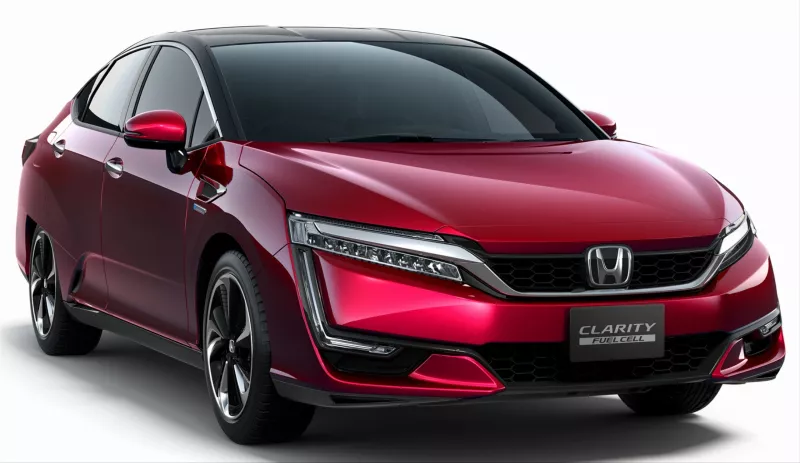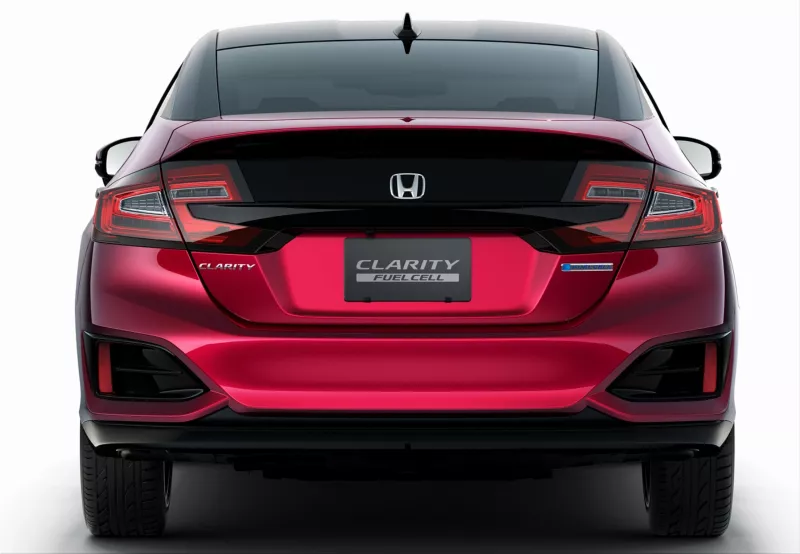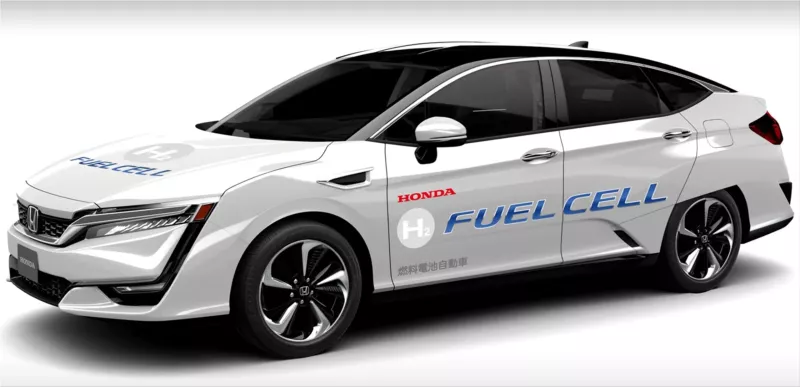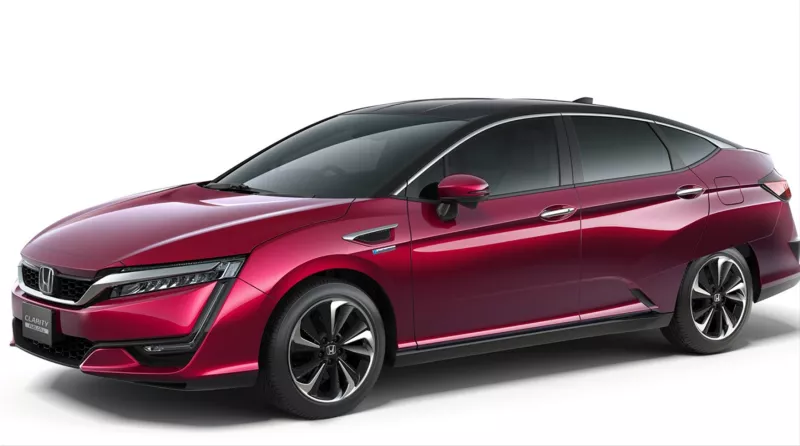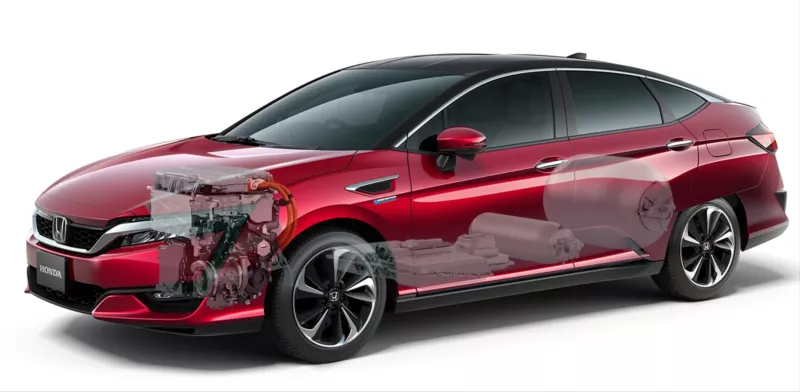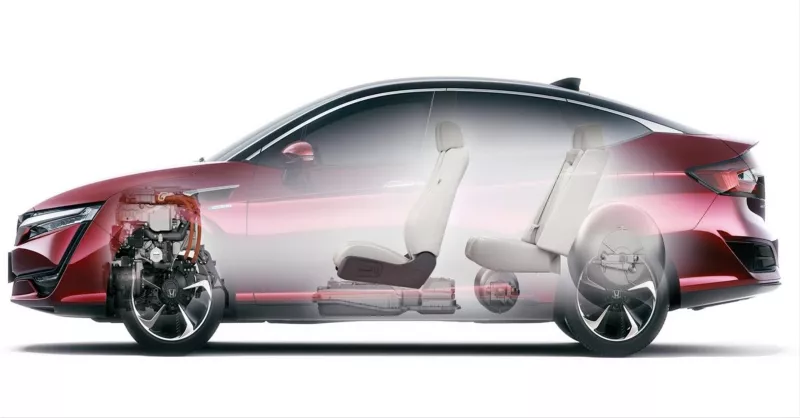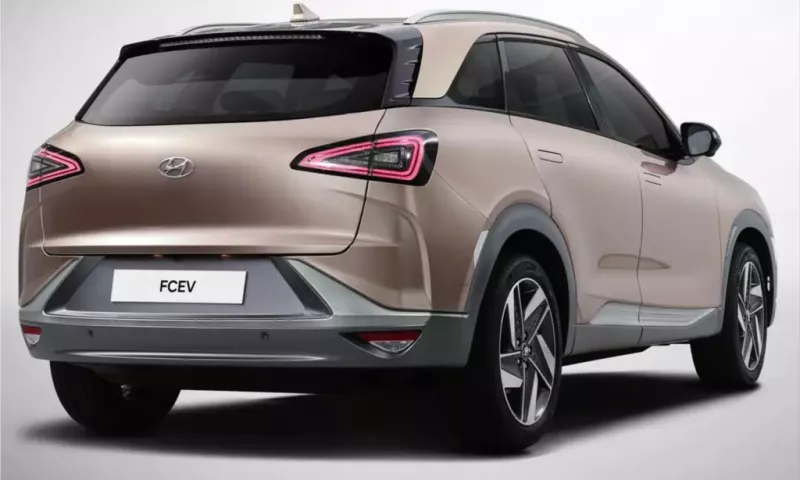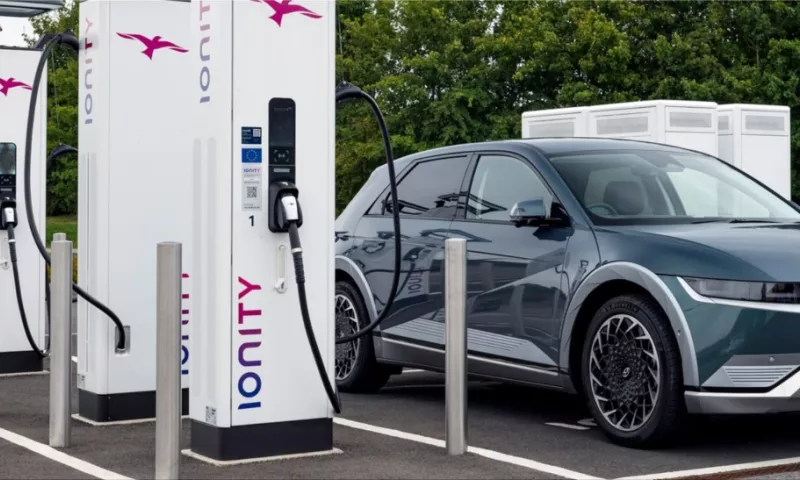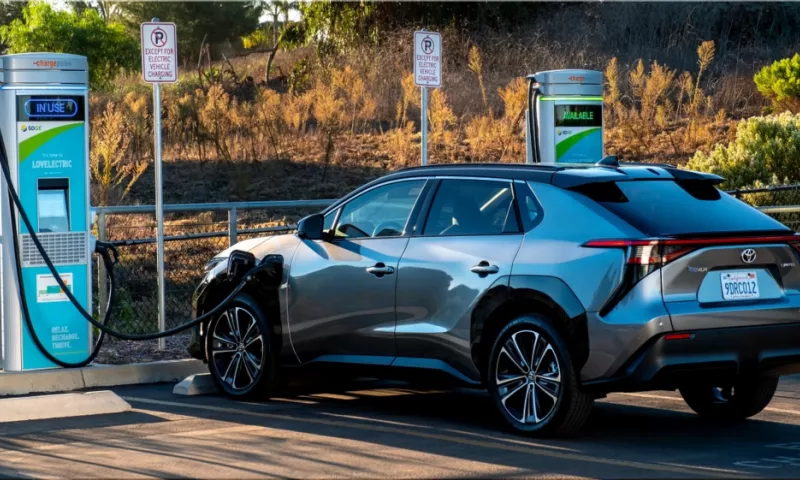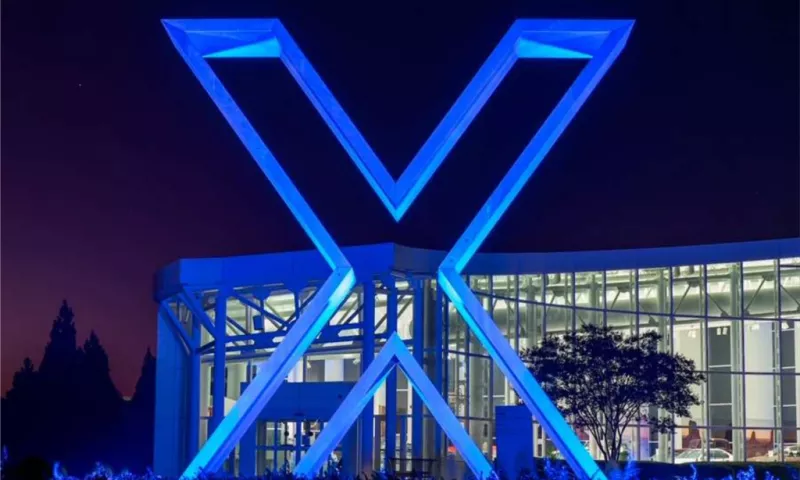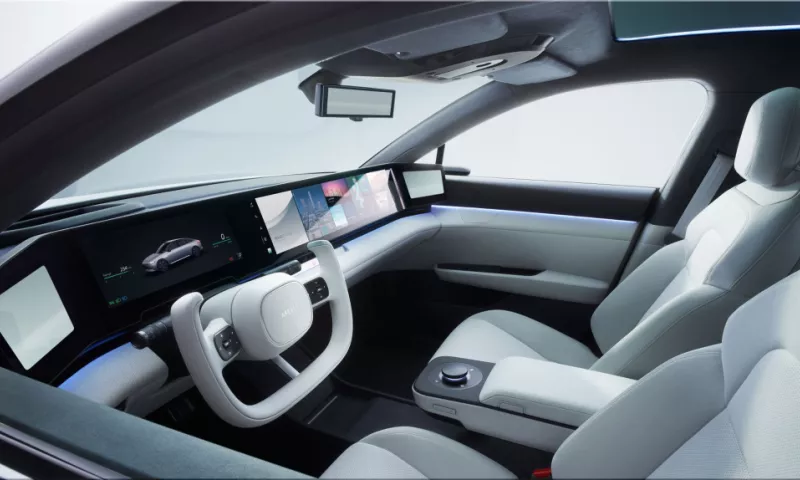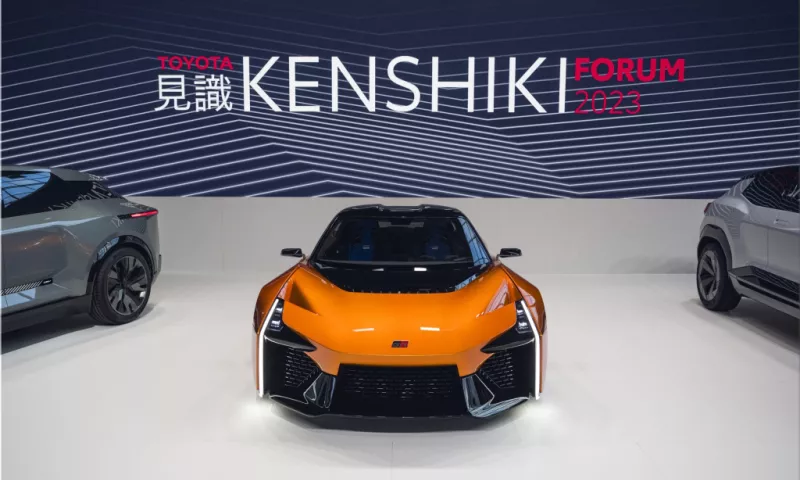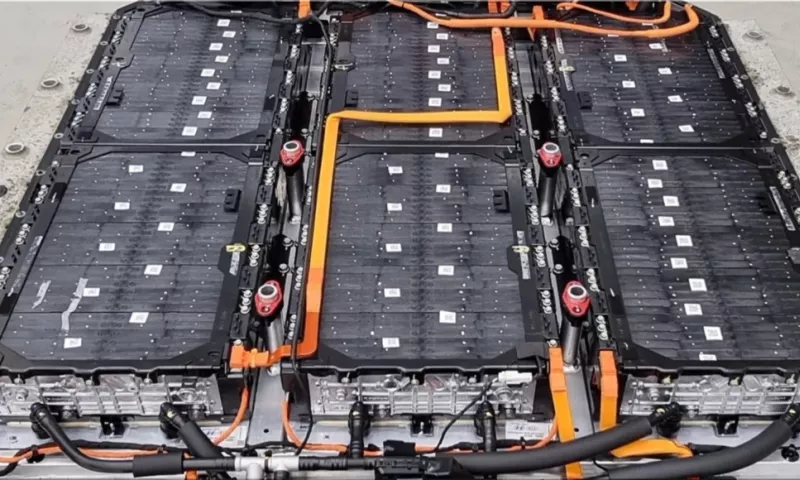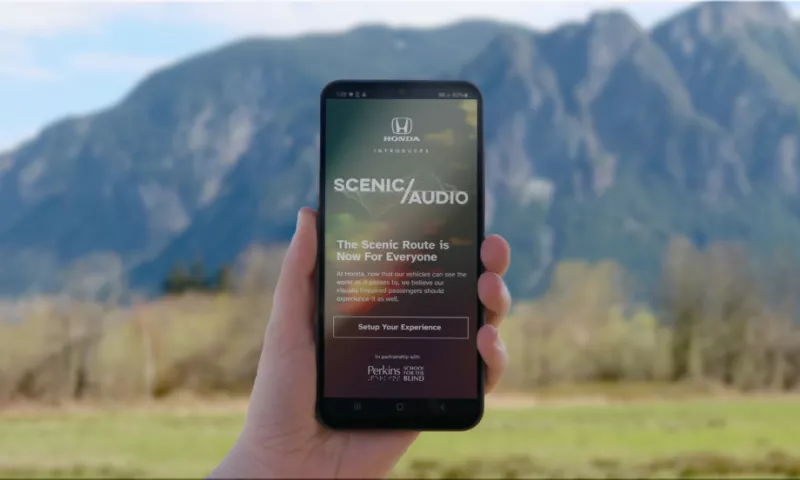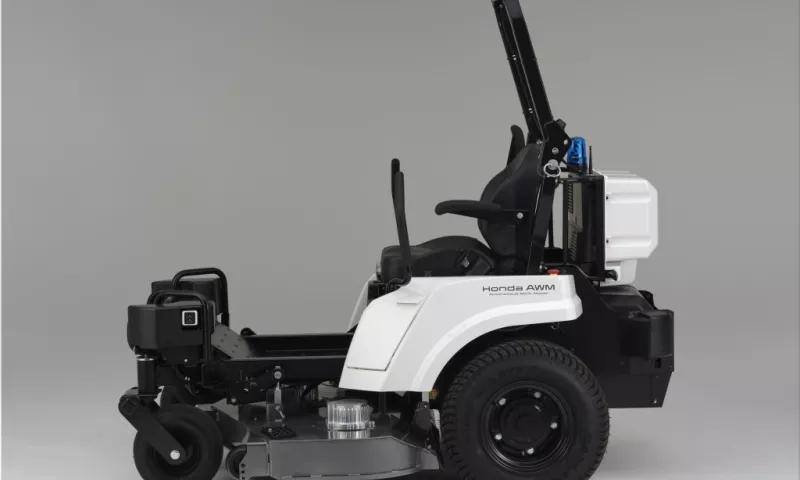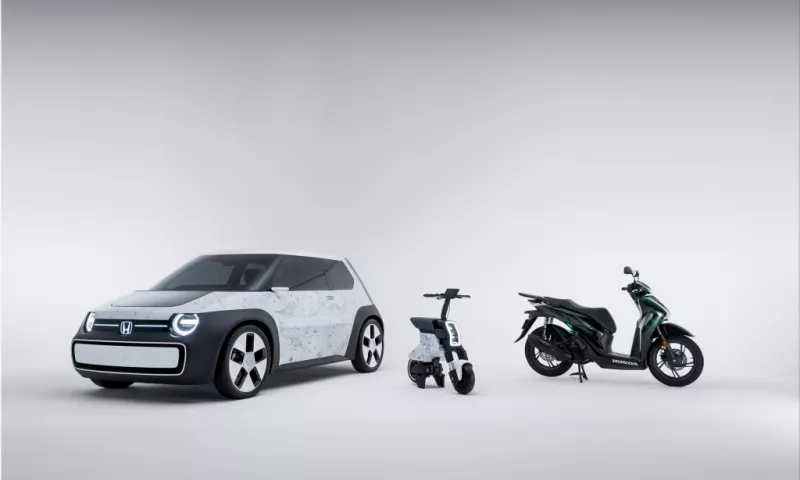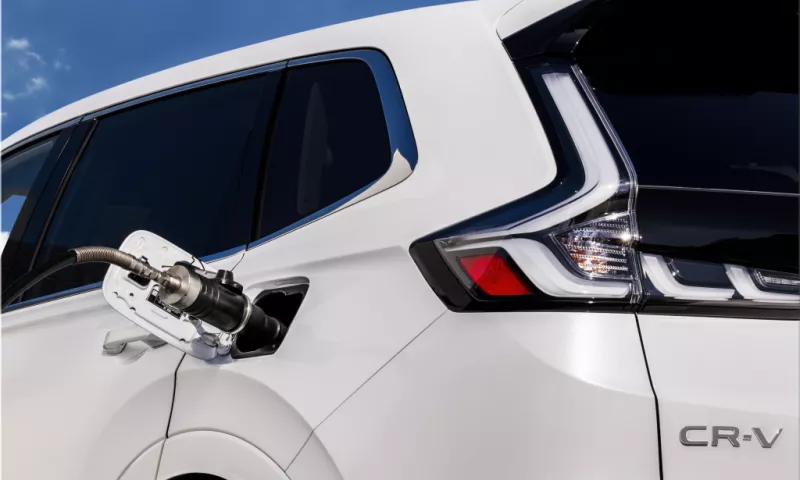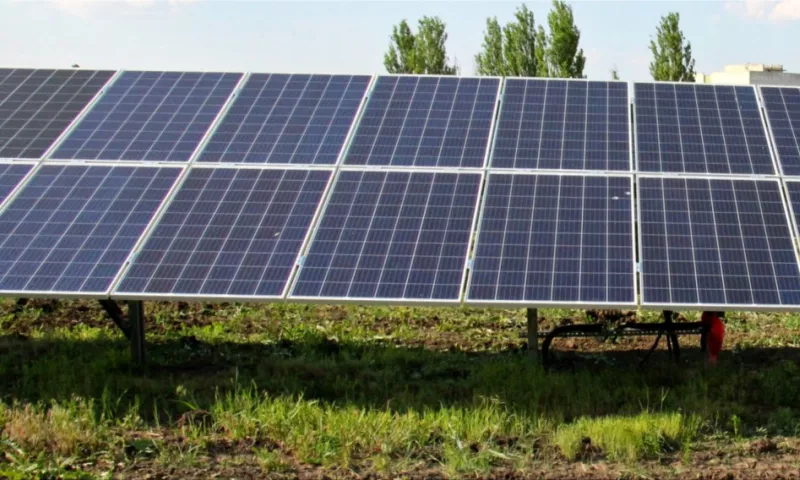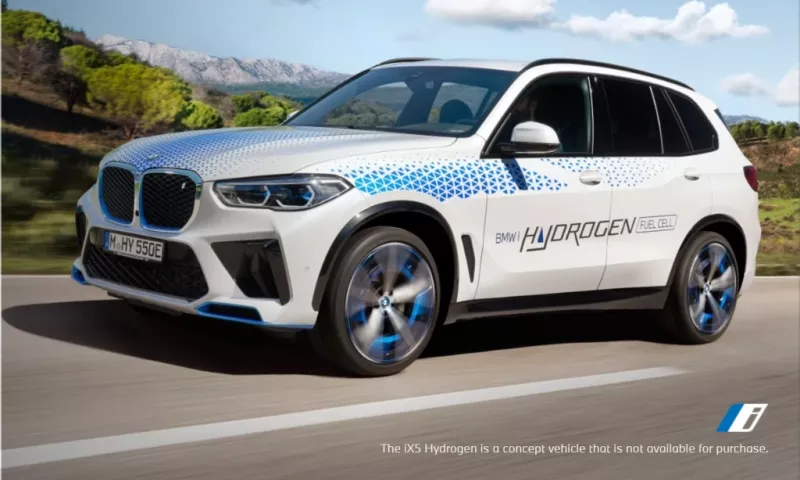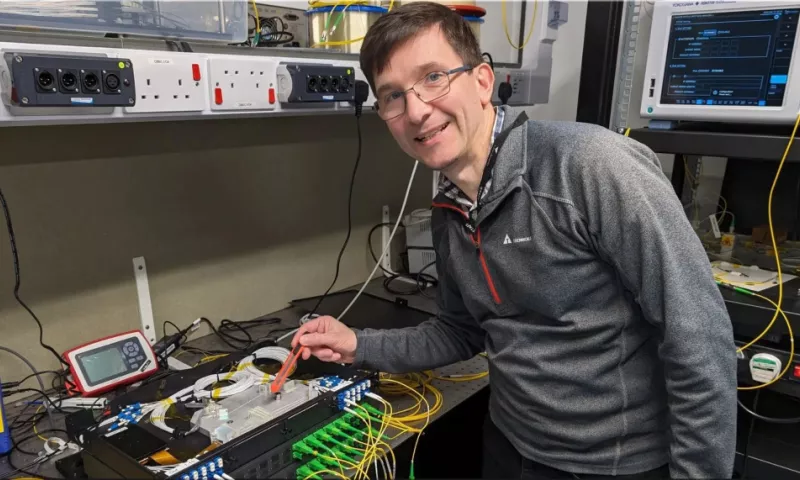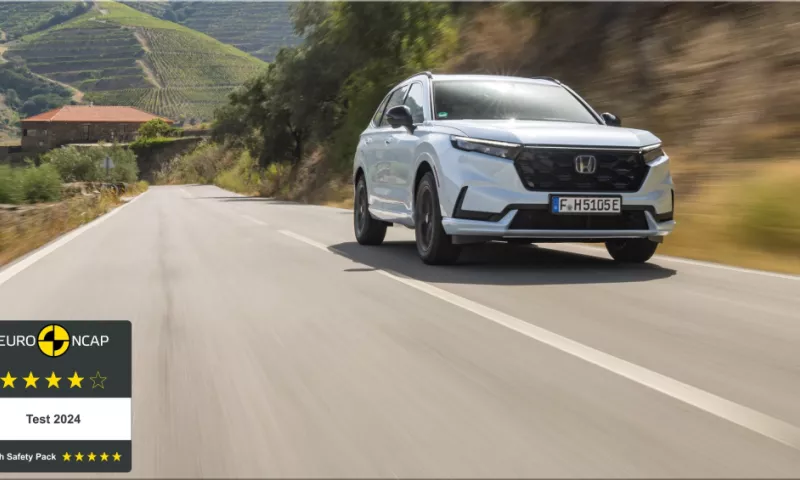Honda will not only keep making its products electric, but it will also work to increase the use of hydrogen as a source of energy and grow its hydrogen business. Honda will improve its fuel cell system, which is central to its hydrogen business. The next generation of fuel cells will be made in partnership with General Motors (GM).
Honda will try to make cars last more than twice as long and cut costs by a third. After reaching these goals with GM, Honda will keep researching new fuel cell technologies to double the life again and cut costs in half from the new lower level.
Honda's fuel cell system will be used in four main areas: fuel cell vehicles (FCEV), commercial vehicles, stationary power plants, and construction equipment. The company will work with other companies to make this happen.
In the area of commercial vehicles, Honda is working with Isuzu Motors Limited to research fuel-cell heavy-duty vehicles. It is also working with Dongfeng Motor Group Co. Ltd. to test commercial vehicles with a new generation fuel cell system.
Around the middle of the 2020s, Honda will start selling its fuel cell system outside of Japan at a rate of 2,000 units per year, with plans to increase sales gradually. Honda will increase sales to 60,000 units by 2030 and a few hundred thousand units annually by the second half of the 2030s.
In space technology, Honda will keep doing research and development in the future to use its hydrogen technologies, such as a fuel cell system and high differential pressure water electrolysis.
Honda is working to increase the use of hydrogen, a step toward a society with no pollution.
Honda is working to ensure that all its products and business activities are carbon neutral by 2050. As the "three pillars" of its initiatives, Honda is focusing on "carbon neutrality," "clean energy," and "resource circulation." Its goal is to have "zero environmental impact" not just on its products but on the whole life cycle of a product, including its business activities. In its projects, Honda sees hydrogen as one of the high-potential energy carriers, along with electricity.
The "hydrogen circulation cycle," which starts with renewable energy, has three parts: "generation," "storage/transport," and "use." More specifically, using water electrolysis technology, renewable energy sources can turn electricity into "green hydrogen." This makes the energy less sensitive to seasonal and weather-related changes in energy production. It also makes it possible to transport energy to where it is needed in the form of "green hydrogen" using methods like land, sea, and pipeline transport.
Honda will use its fuel cell system, which is at the heart of its hydrogen technology, in more places than just Honda FCEV vehicles. This will increase the demand for hydrogen and make it easier for society to become carbon neutral through the "use" of hydrogen.
Honda was one of the first companies to look at how hydrogen could help build a carbon-free society. For more than 30 years, Honda has been researching and developing hydrogen and FCEV technologies. Honda and GM have been working together since 2013 to make the next generation of fuel cell systems.
In response to global environmental trends, Honda will continue to use its fuel cell systems, which are at the heart of Honda's hydrogen technology, for more than just FCEVs. This will help make the world a carbon-neutral society. In order to do this, Honda will start selling next-generation fuel cell system modules to other companies around the middle of the 2020s. Honda thinks that the first year's sales will be around 2,000 units. They will then work to increase sales in stages, hoping to reach 60,000 units by 2030 and a few hundred thousand units by the mid-1930s.
Because hydrogen is unique in that, it can store and transport energy with a high density and quickly fill the tank, the fuel cell system is expected to work well as a source of energy for very large mobility products used and for big vehicles with the right infrastructure, as well as for mobility products that need to be refueled quickly in places where it's hard for batteries to work. Also, several fuel cell systems can be linked together in parallel to get more power. Based on these qualities and strengths, Honda has chosen four key areas for its fuel cell system applications for its early-stage entry into the hydrogen business: Honda FCEV models, commercial vehicles, stationary power plants, and construction machinery. Honda has also started to develop hydrogen-related businesses aimed at business-to-business (B2B) customers.
Honda wants to start selling its brand-new FCEV model in North America and Japan in 2024. This model will be based on the Honda CR-V, which came out in North America last year. It will also have a fuel cell system for the next generation. In addition to the benefits of FCEVs, which allow long-distance driving with short refueling times, this brand-new FCEV model will have a plug-in feature that gives it the convenience of electric vehicles that can be charged at home.
In Japan, Honda plans to start testing a prototype fuel cell-powered heavy truck on public roads before the end of the next fiscal year, 2024 (which ends on March 31, 2024). This is part of joint research with Isuzu Motors Limited.
In Hubei Province, China, in January 2023, Honda and Dongfeng Motor Group Co., Ltd. began putting commercial trucks with the next generation of fuel cell systems through their paces on a test track.
In recent years, data center power requirements have grown rapidly due to the expansion of cloud computing and the use of big data. The need for backup power sources has increased from a business continuity planning perspective (BCP) (BCP). To meet these needs, Honda will suggest using its fuel cell systems to make electricity, starting with using them as a clean, quiet backup power source.
As a first step, a stationary fuel cell power plant with a capacity of about 500kW was set up on American Honda Motor Co., Inc. campus in California, USA. This plant reuses the fuel cell systems from Honda Clarity Fuel Cell vehicles. Later this month, the station will be tested as a backup power source for the data center. After this test, Honda will use stationary fuel cell power plant technologies worldwide in its factories and data centers. This is one way that Honda works to reduce the greenhouse gases it sends into the air.

